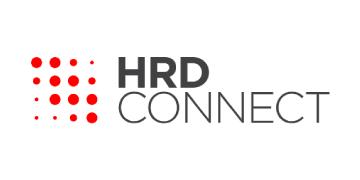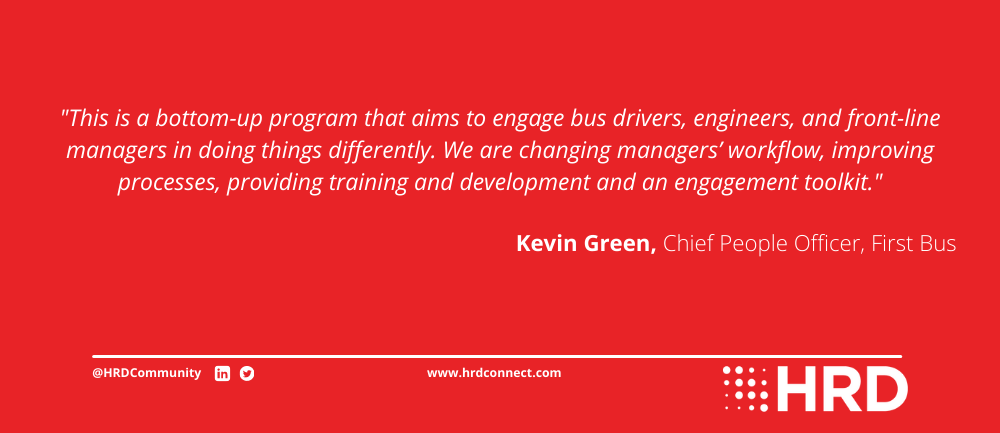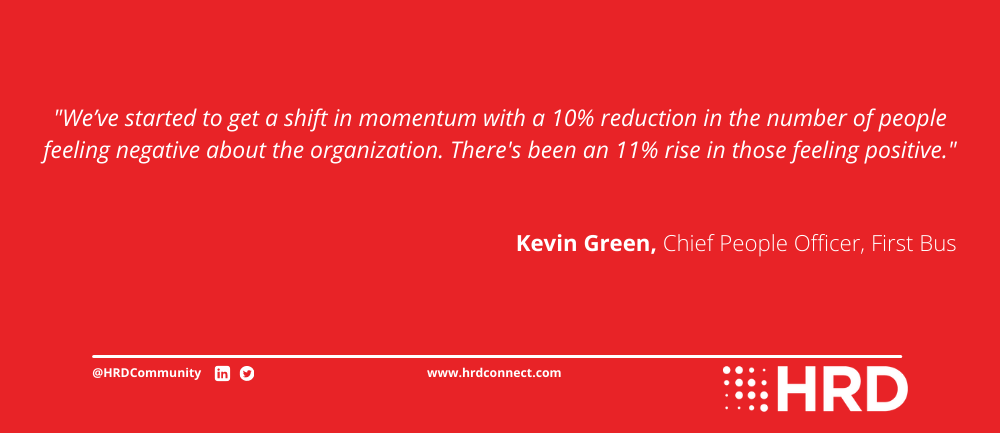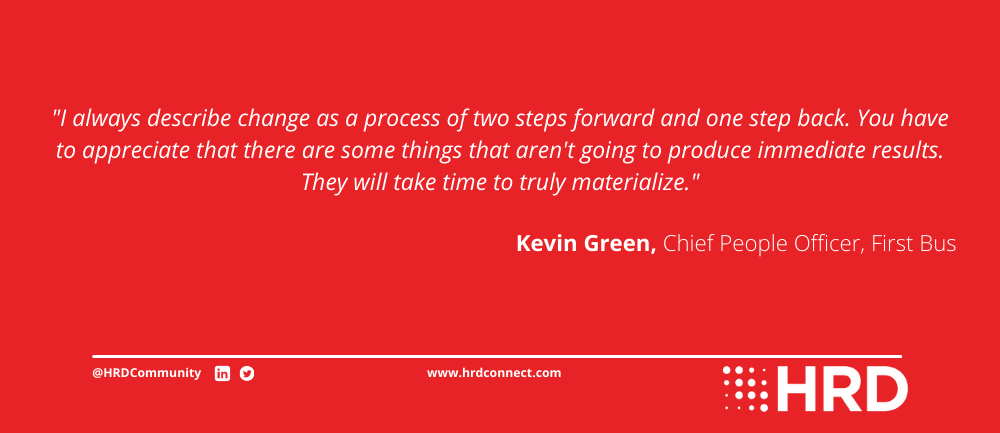-
Provided by

- Date published: May 15, 2023
- Categories
In 2006 Peter Drucker famously proclaimed that “culture eats strategy for breakfast.” It was a remark that initiated a surge in interest in organizational culture, both in terms of what the best forms of culture are and how organizations can approach culture change.
The process of molding organizational culture is not straightforward either, as a recent study from the Rotman School of Management reveals. After analyzing around 70 previous studies on culture creation, the researchers found that there was no real consensus on the intentional creation of cultures.
Many theorists believe that cultures are a response to external events. Others argue that the values and personality of leaders, or past experiences, influence culture change.
The authors suggest that none of these theories alone can explain culture change, but each has something useful to contribute to the conversation. They propose a four-step approach to culture change:
- First, organizations should identify and assess environmental changes that may significantly affect them, whether as risks or opportunities.
- Second, they should evaluate how well-suited their current cultures are to handling those changes.
- Third, they should look for alternatives if needed, based on evidence demonstrating that the alternative is likely to solve externally generated problems.
- Finally, they should create or implement an alternative culture that responds to external changes.
By taking this comprehensive approach to culture change, organizations can increase the likelihood of success and alignment with strategic goals. It’s an approach transport company First Bus has followed. It has instigated a widespread culture change in response to a significant decline in employee engagement following the COVID-19 pandemic and the need to provide a better service for customers. This challenge is coupled with a commitment to becoming zero carbon by 2035.

Tight labor markets necessitate ongoing culture change
Across the country, COVID-19 forced significant changes in working practices while also presenting challenges for front-line employees. Few professions felt this so viscerally as bus drivers. First Bus drivers maintained the mobility of key workers during the pandemic, exposing them to the inevitable risk of infection.
It’s no surprise that this situation triggered a surge in driver attrition as people reflected on what they wanted from work post-pandemic. Turnover reached 40% at its peak. Drivers used the tight labor market to find jobs that provided a different work-life balance. This turnover of drivers had significant implications for the business. The process of recruiting and onboarding replacement drivers was expensive, and the shortage affected the quality and availability of the bus service offered to customers.
The situation was sufficiently grave that it represented the kind of “burning platform” that is so often the driver of change. The company established its People Centricity program to improve the culture in its 60 depots. At its core is the principle that they will change how they lead front-line staff to improve employee engagement and reduce the rates of attrition.
“This is a bottom-up program that aims to engage bus drivers, engineers, and front-line managers in doing things differently,” says Kevin Green, Chief People Officer at First Bus. “We are changing managers’ workflow, improving processes, providing training and development and an engagement toolkit.”

The power of people centricity
The company used a ‘design thinking’ approach to listen to the workforce. This revealed that there was an air of negativity among the front-line workers, many of whom felt that they were unappreciated by managers.
It was clear that managers needed to rebuild their relationship with front-line staff, with trust at the core of these efforts. The company engaged drivers at four depots to capture their ideas and input into how the company could better serve their needs.
The process generated approximately 300 ideas, which it filtered down to around 20 that could be tested in a pilot phase. From this, First Bus implemented 14 ideas and showed that they had a positive impact on improving customer and employee engagement.
A fresh approach to appraisals
The company abandoned its traditional appraisal process for front-line staff and instead introduced regular catch-ups between managers and drivers. These involved an informal 20-minute conversation. The business is about to embark on the third round of these catch-ups. The first two iterations focused on how employees were feeling and what the company could do to improve things for colleagues and customers.
First Bus held nearly 8,000 conversations in the first tranche. This represents nearly 75% of all front-line employees. Each catch-up includes a feedback loop where managers relay what has been done to improve any of the matters raised in the previous round. The process also filters upwards. Front-line managers are able to talk directly to the MD and CPO every quarter without the involvement of their direct managers.
Changing culture is a notoriously arduous process. But there are already promising signs of progress, with a 9% improvement in employee engagement in the last quarter. Data from First Bus’ Engagement Survey also demonstrates that more front-line staff are feeling positive about the job and the company.
“We’ve started to get a shift in momentum with a 10% reduction in the number of people feeling negative about the organization. There’s been an 11% rise in those feeling positive,” Green continues. “This is a huge shift in sentiment. But these are just really promising early signs that we’re heading in the right direction.”

Culture change: A long journey
First Bus is a company with a long history. Changing the culture for 14,000 employees is a huge undertaking that will take years. But the early results are such that the company is confident it is doing the right thing.
“I always describe change as a process of two steps forward and one step back,” Green explains. “You have to appreciate that there are some things that aren’t going to produce immediate results. They will take time to truly materialize.”
This is especially the case with engagement which requires an emotional narrative that resonates with people. Business leaders must wrap it up in purpose, strategy, and values. First Bus are aiming to go beyond that, however, and fundamentally change what they’re asking people to do, not just how they feel.
It’s also important that with so many elements of the change process in action at any one time that they all operate smoothly together. Without this, it can easily become a disjointed affair. This can be effectively achieved when all the senior leaders across the business are fully bought into the importance of creating a new culture.
It’s impossible to predict what similarly seismic changes might emerge in the future. Yet, Green is confident that the people-centric approach the company is now adopting will enable them to approach the future with optimism.
“It’s easy to pay lip service to culture change, but this is something that we’re absolutely serious about. We genuinely believe that if we get it right, then that will provide a tangible boost to our employees. This will, in turn, have a positive impact on customers and the performance of the business as a whole,” he concludes.







